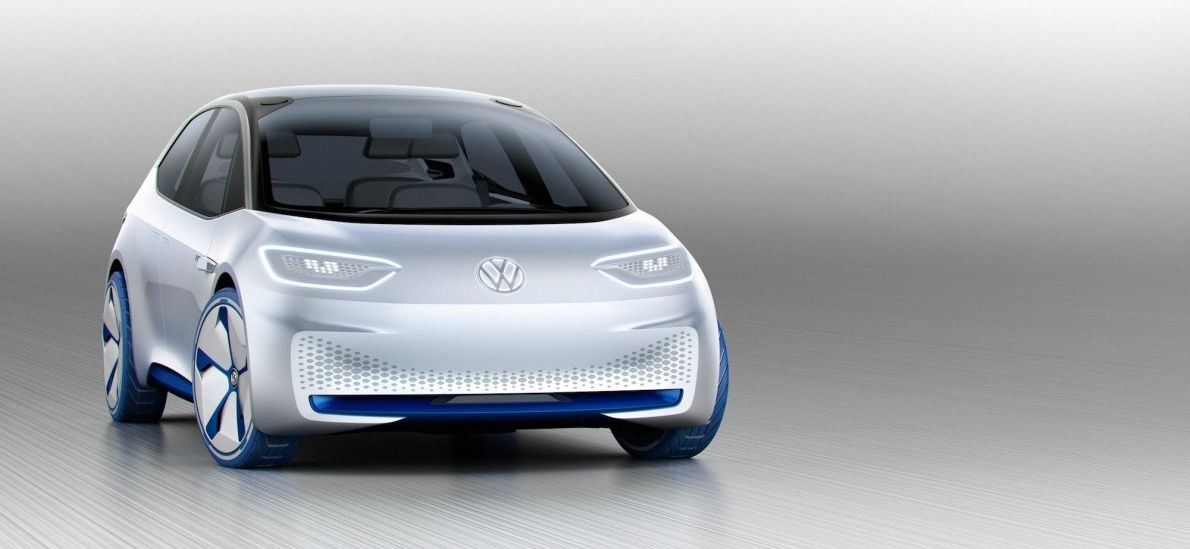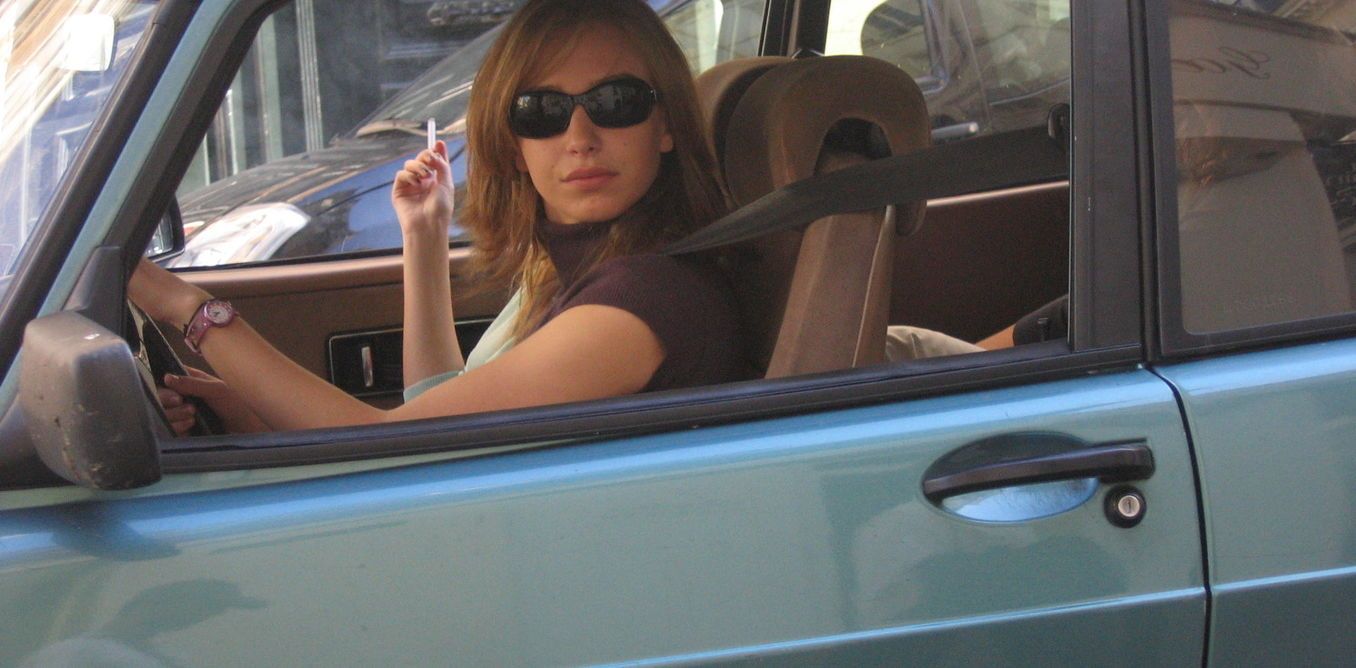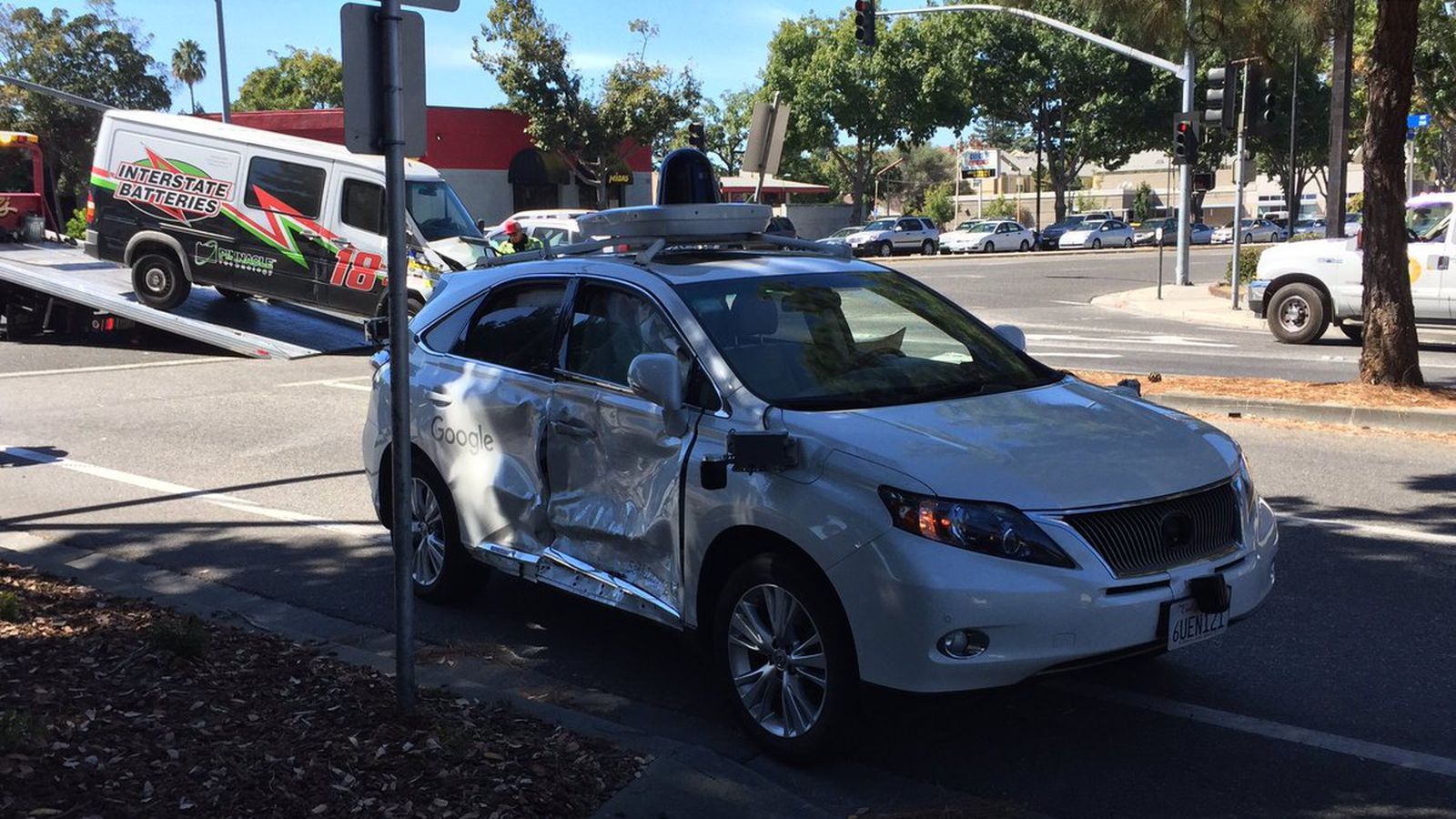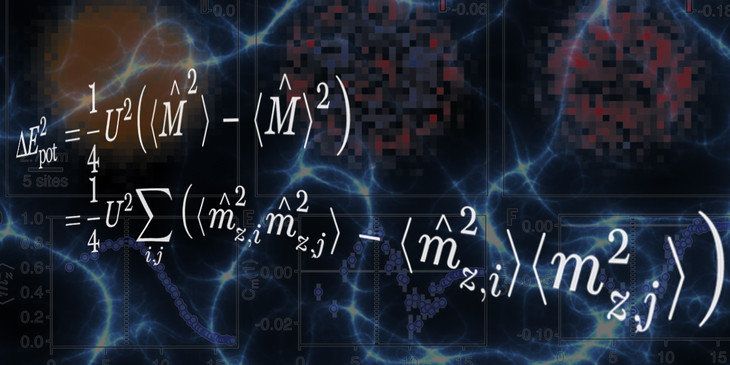Volkswagen finally unveiled the electric concept car it’s been teasing ahead of the Paris Motor Show, and the automaker is promising a mean range.


In Brief.
Tesla and SolarCity are working on making their cars capable of powering a household, and even the entire grid. Using vehicle-to-grid technology, Tesla may be on to something here, and its more than just saving on your electric bills.
Earlier this year, Elon Musk bought SolarCity for at least $2.6 billion, merging the solar engineering company with Tesla. Since then, both have been busy working on a few things. Perhaps the most interesting of these is the promise to cut down on your household electric bill.

The Oxfordshire-based firm has been developing a turbine that combines both jet and rocket technologies to achieve rates five times the speed of sound, to fly anywhere in the world in just four hours.
Rather than aiming for a demonstrator that can achieve more than 150,000 lb thrust, the firm will instead now target an engine size capable of roughly 44,000 lb thrust, according to Aviation Week Network.
Komatsu’s latest autonomous truck fully embraces the notion of unmanned operation by ditching the cabin and adopting a design that optimizes load distribution and doesn’t distinguish between forwards and backwards.
Komatsu began trials of its Autonomous Haulage Systems (AHS) in a partnership with mining company Rio Tinto in 2008, and since then the technology has hauled hundreds of millions of tonnes of material in Chile and Australia’s Pilbara region.
The autonomous haul trucks like the 930E model used by Rio Tinto incorporate controls, wireless networking and obstacle detection to enable unmanned operation, but they still look like conventional mining trucks complete with driver cabins.


Google said that one of its self-driving cars was involved in an accident in Mountain View, California last week. The accident was first reported Friday by 9to5 Google, which characterized the incident as Google’s “worst accident yet.”
In a statement, Google insisted its driverless car was not at fault. A crash report with the DMV has yet to be posted, so all the details have yet to be confirmed.
According to the Google, the accident occurred when a vehicle heading west on El Camino Real in Mountain View ran a red light and collided with the right side of a Google self-driving vehicle that was traveling northbound on Phyllis Ave. “Our light was green for at least six seconds before our car entered the intersection,” a spokesperson said.

The combination of graphene nanoribbons made with a process developed at Rice University and a common polymer could someday be of critical importance to healing damaged spinal cords in people, according to Rice chemist James Tour.
The Tour lab has spent a decade working with graphene nanoribbons, starting with the discovery of a chemical process to “unzip” them from multiwalled carbon nanotubes, as revealed in a Nature paper in 2009. Since then, the researchers have used them to enhance materials for the likes of deicers for airplane wings, better batteries and less-permeable containers for natural gas storage.
Now their work to develop nanoribbons for medical applications has resulted in a material dubbed Texas-PEG that may help knit damaged or even severed spinal cords.

Realistic hover cars coming to future near you.
The quest to know the mysterious recipe for high-temperature superconductivity, which could enable revolutionary advances in technologies that make or use electricity, just took a big leap forward thanks to new research by an international team of experimental and theoretical physicists.
The research paper appears in the journal Science on Sept. 16, 2016. The research is focused on revealing the mysterious ingredients required for high-temperature superconductivity — the ability of a material’s electrons to pair up and travel without friction at relatively high temperatures, enabling them to lose no energy — to be super efficient — while conducting electricity.
The research team’s achievements are an important step in recent efforts to improve today’s superconducting materials, which have superconducting powers only if they are cooled below a critical temperature, hundreds of degrees below the freezing point of water — temperatures at which helium is a liquid — making them impractical for use in most electronic devices.

The song, “Daddy’s Car,” sounds like The Beatles and is eminently hummable.